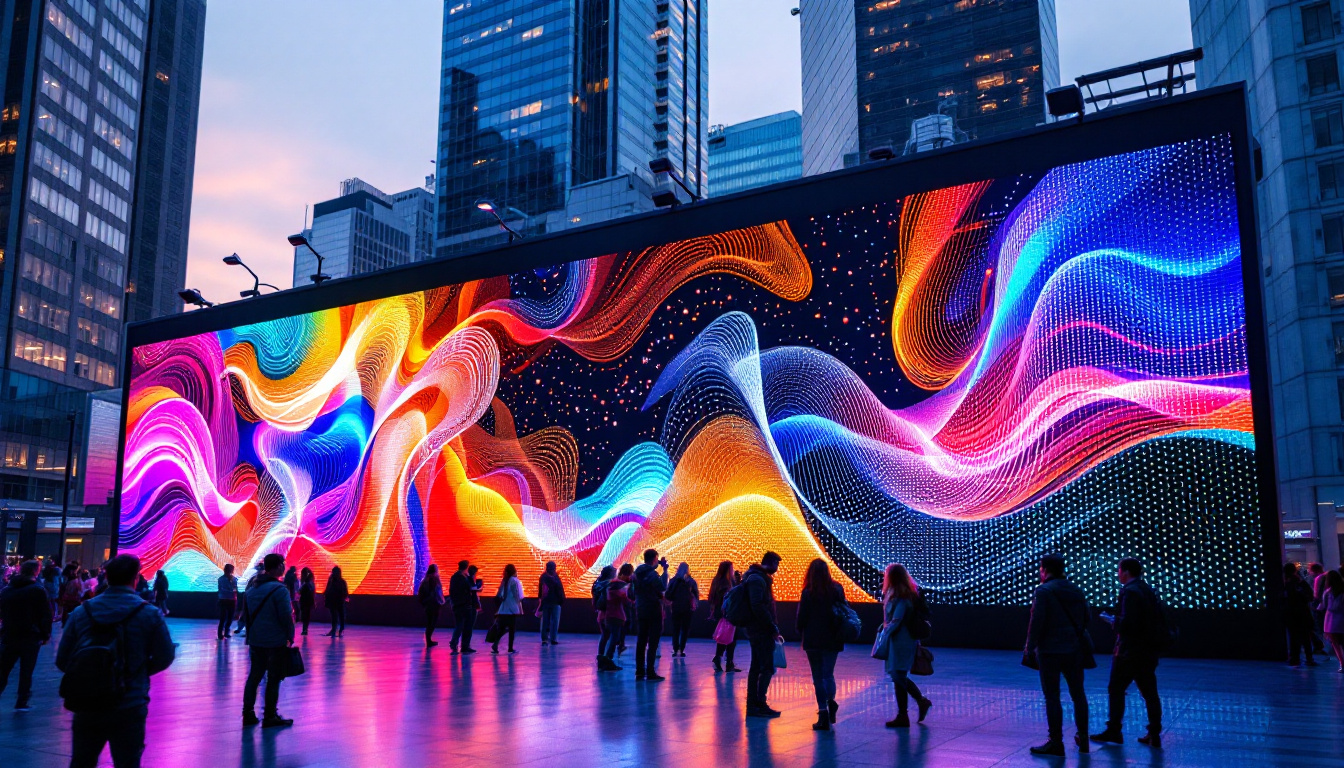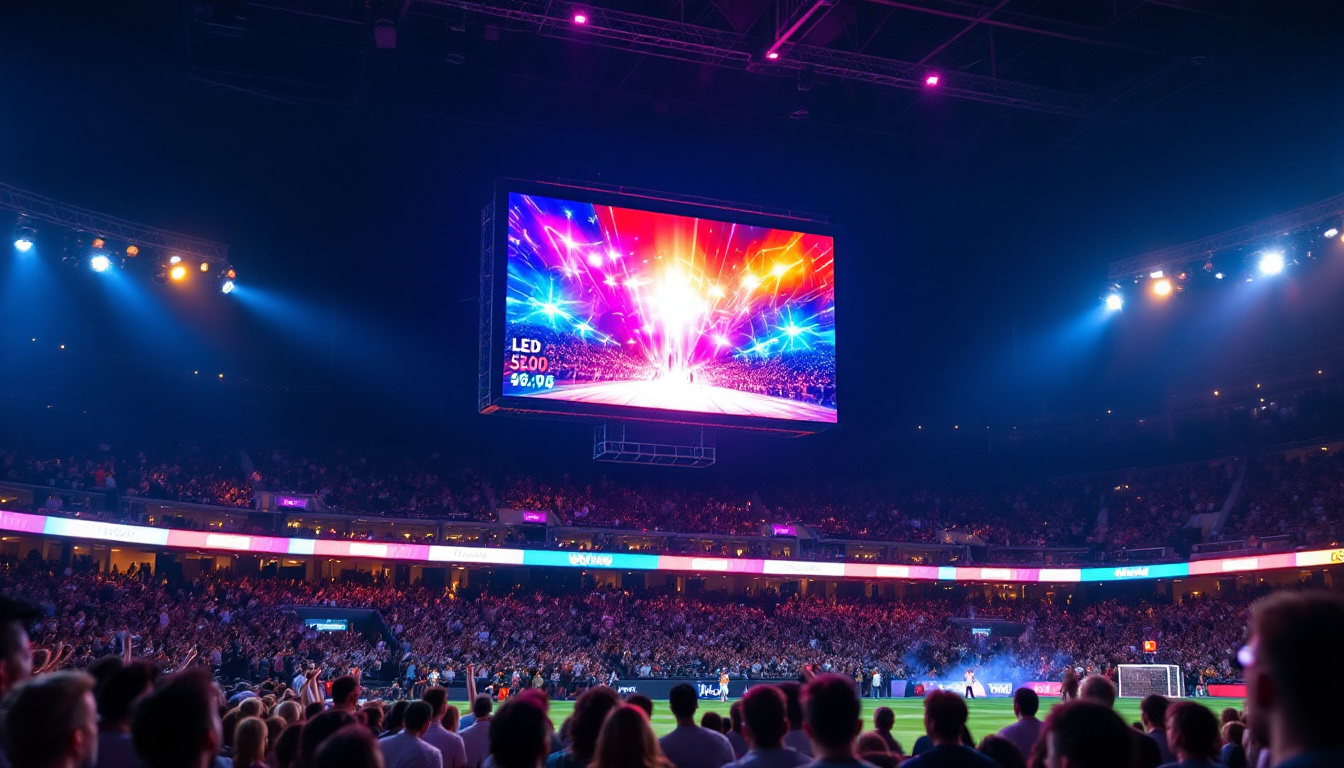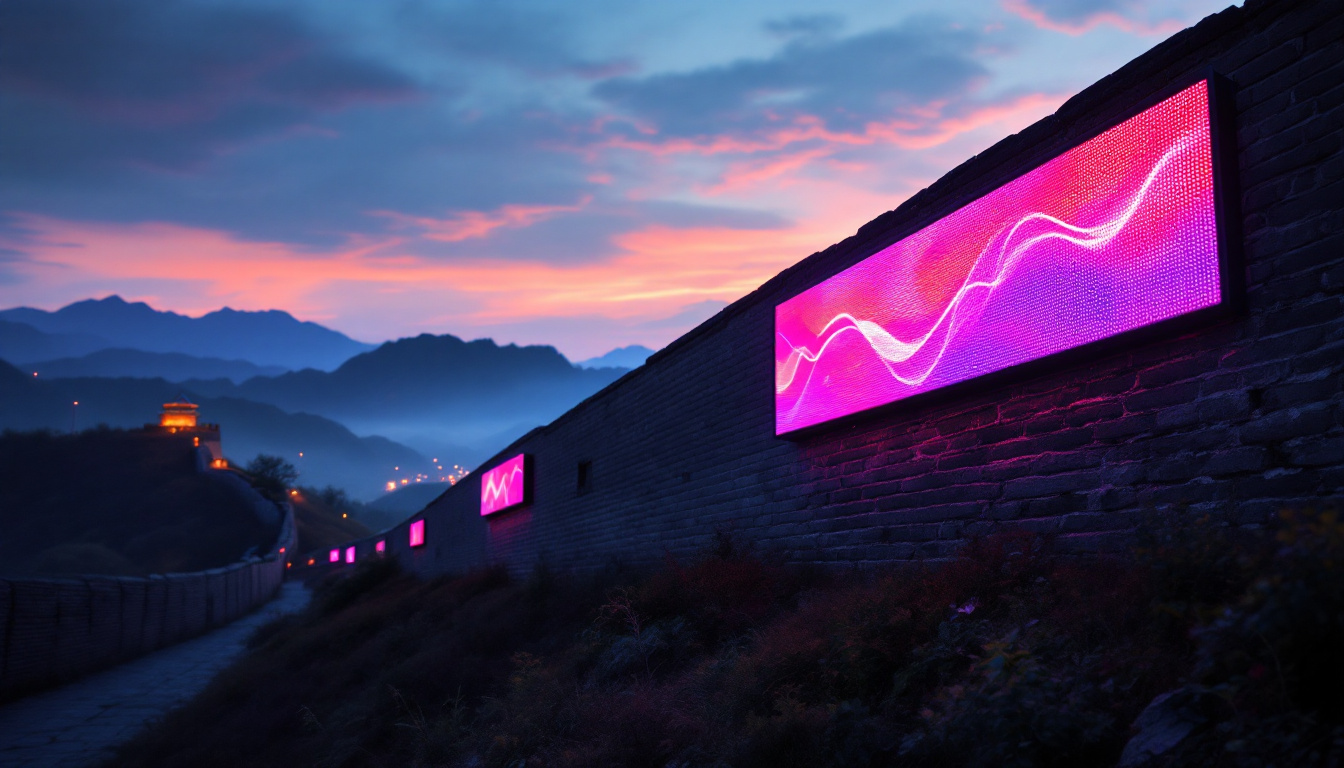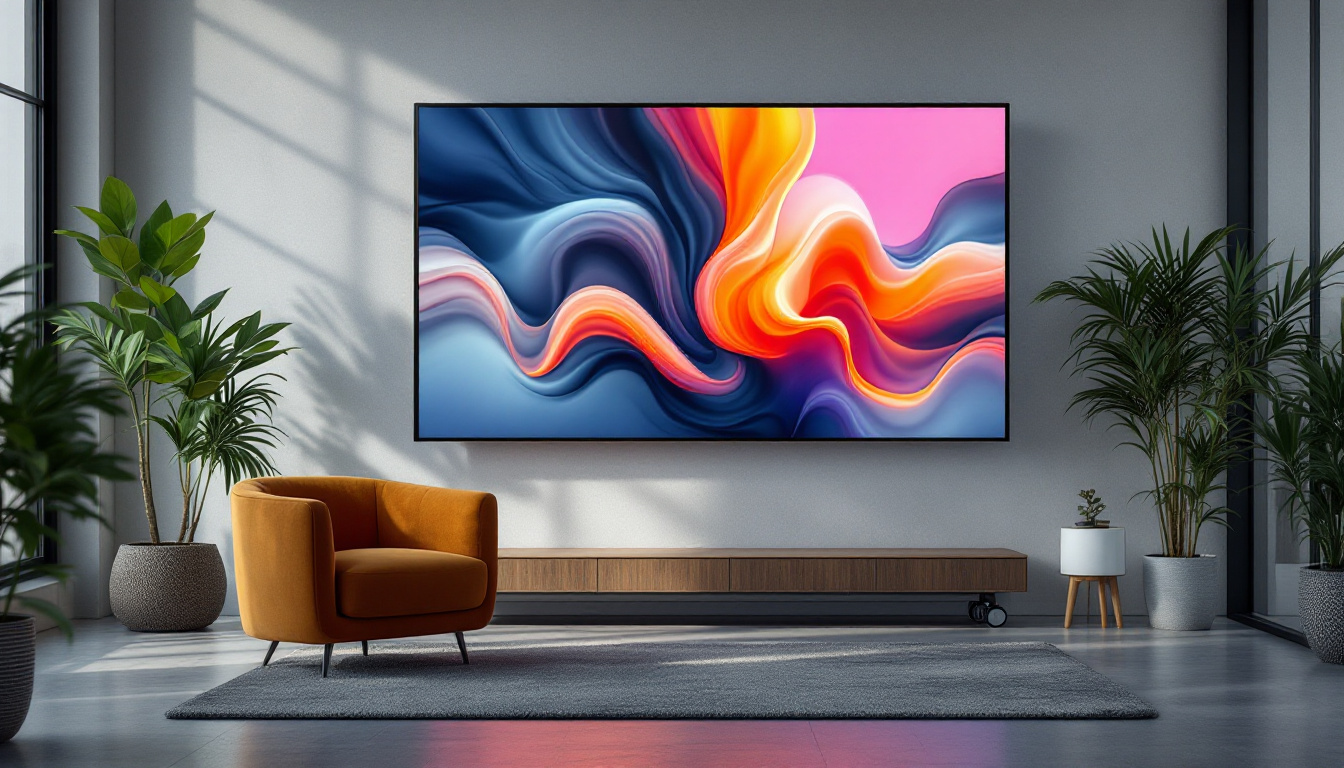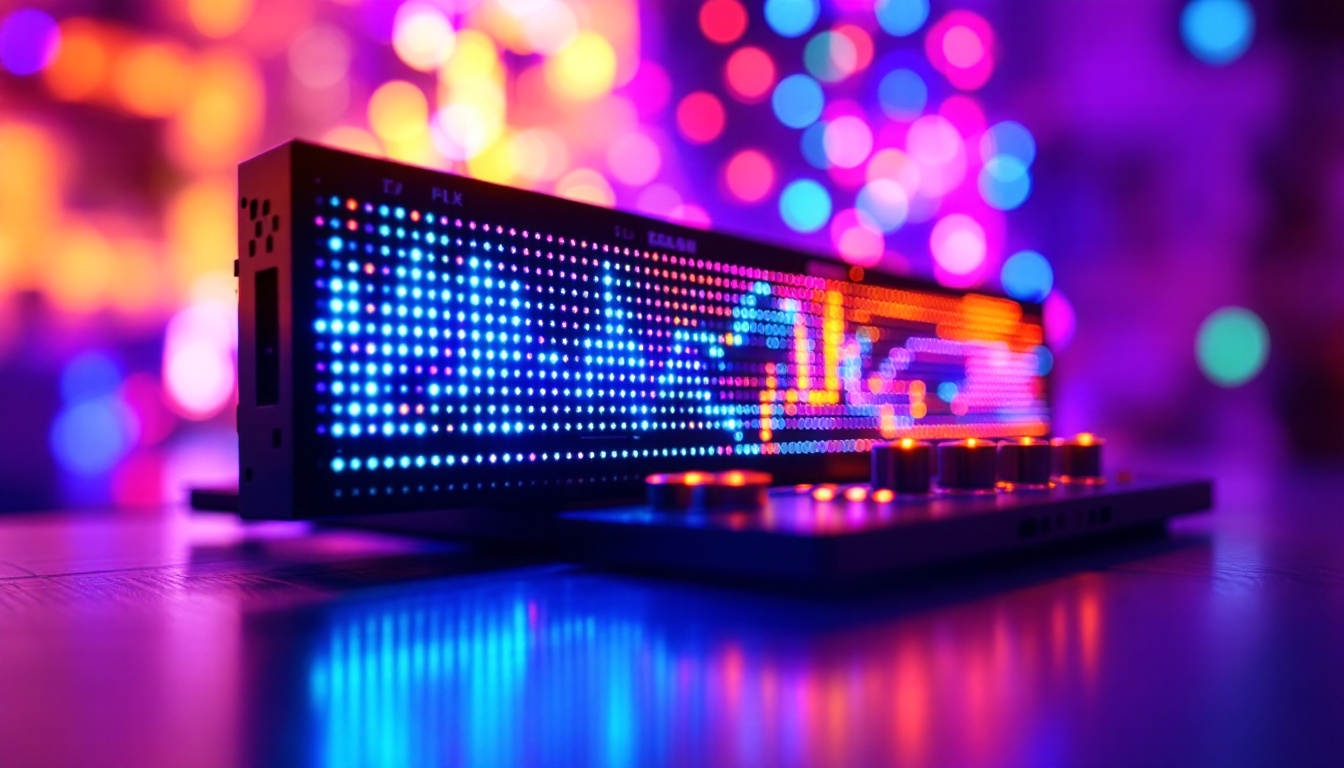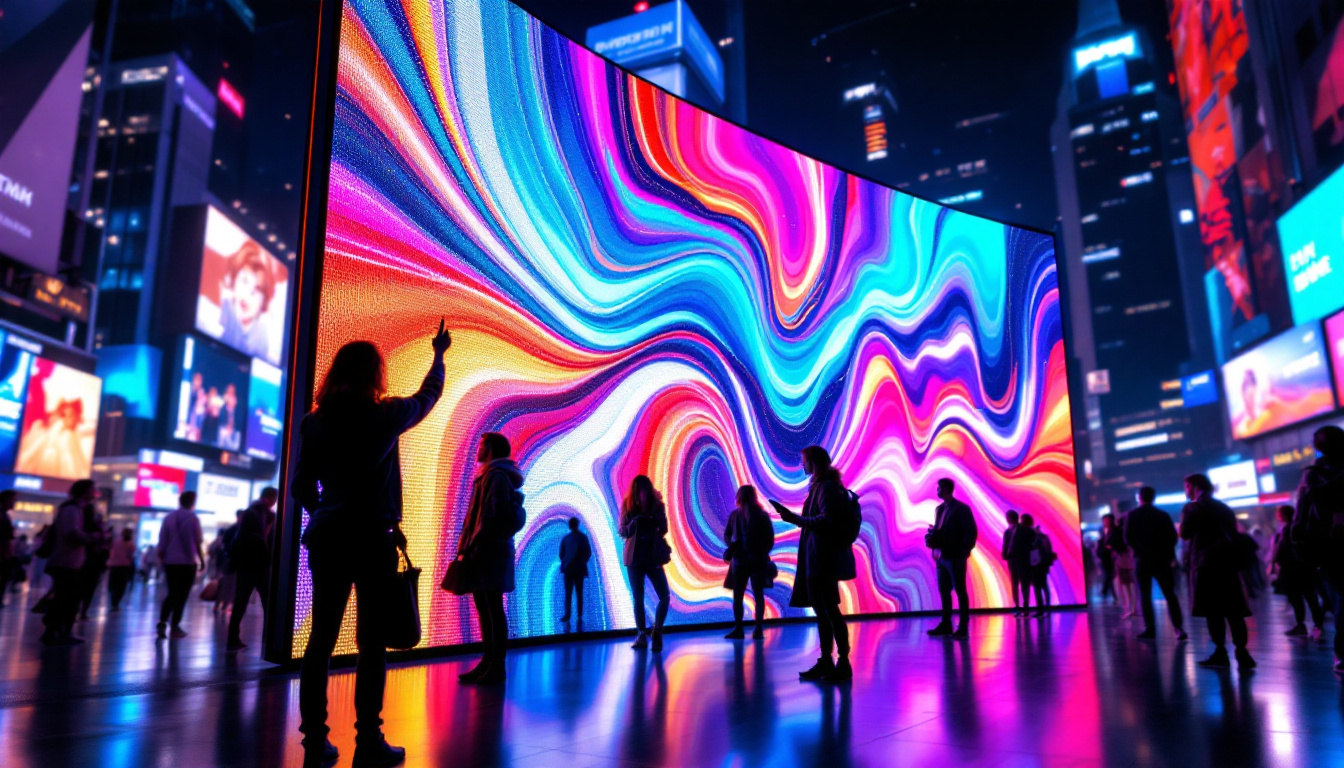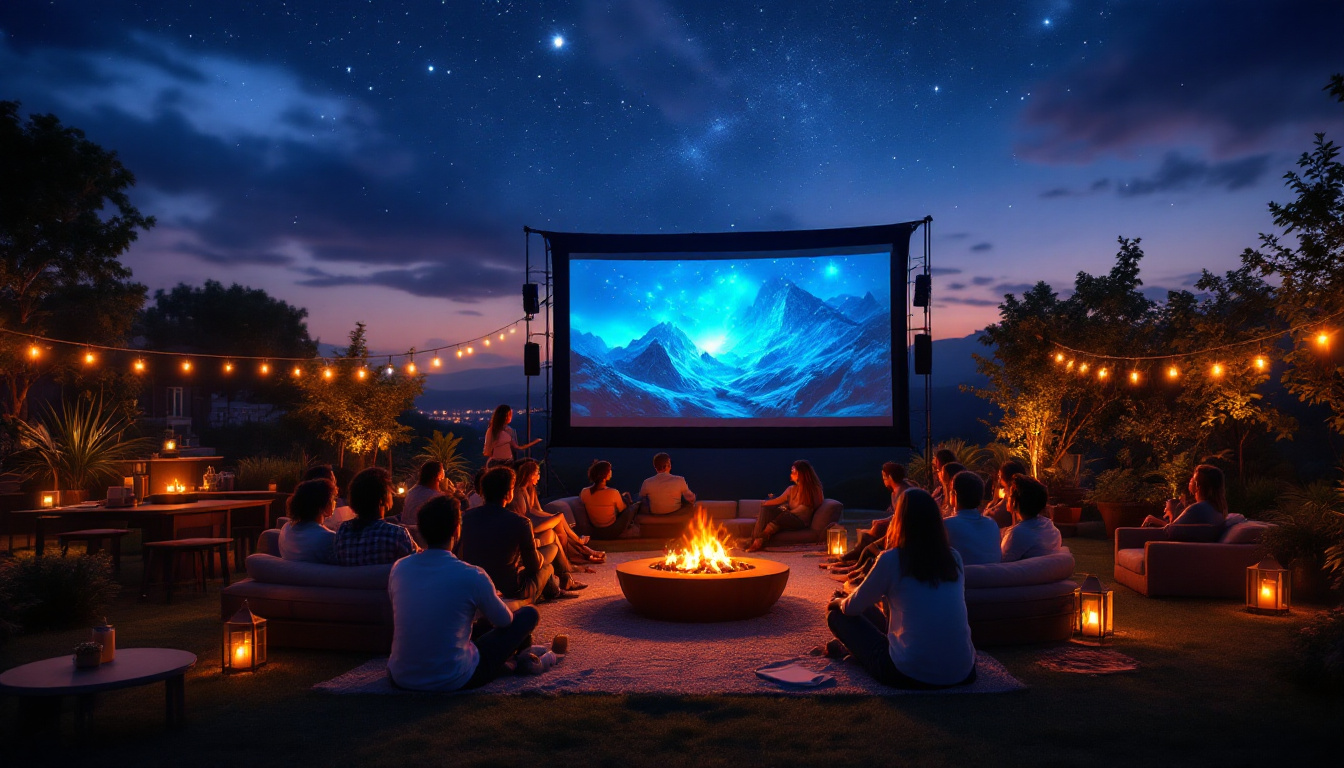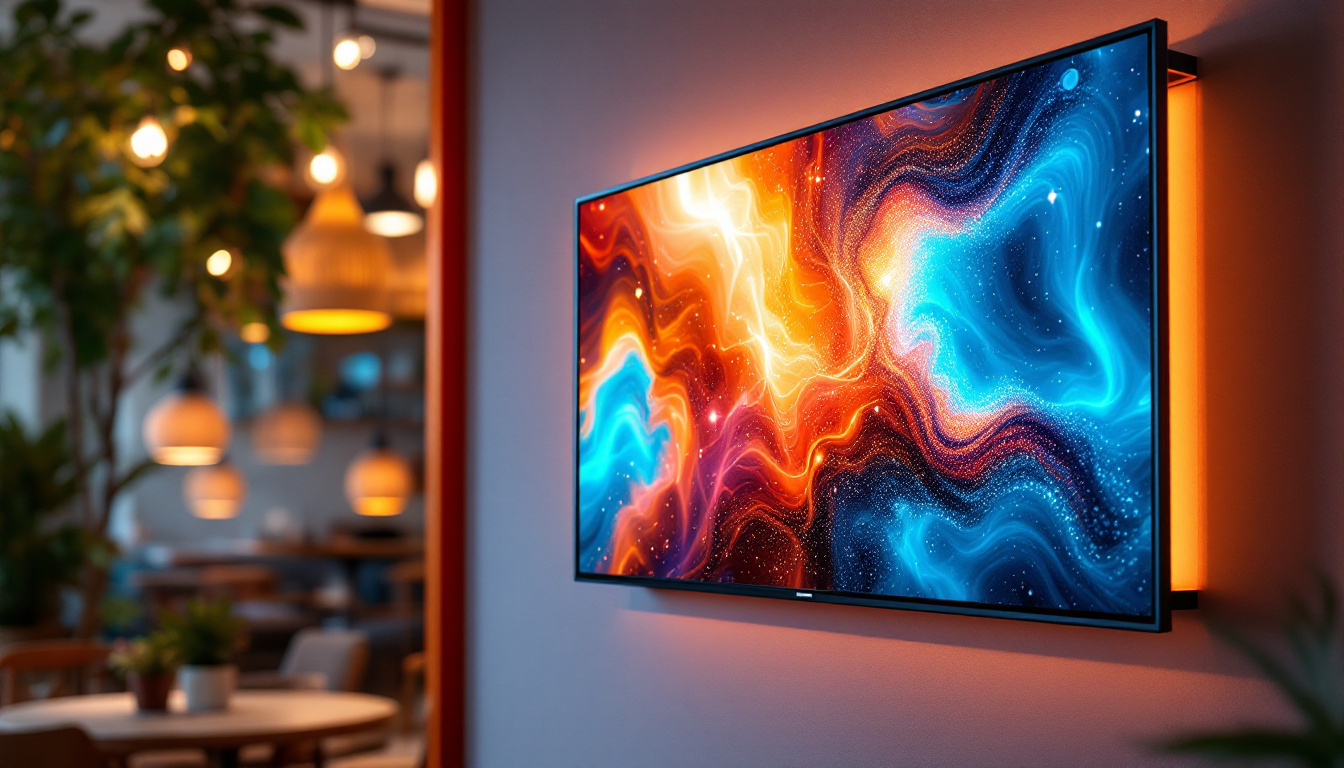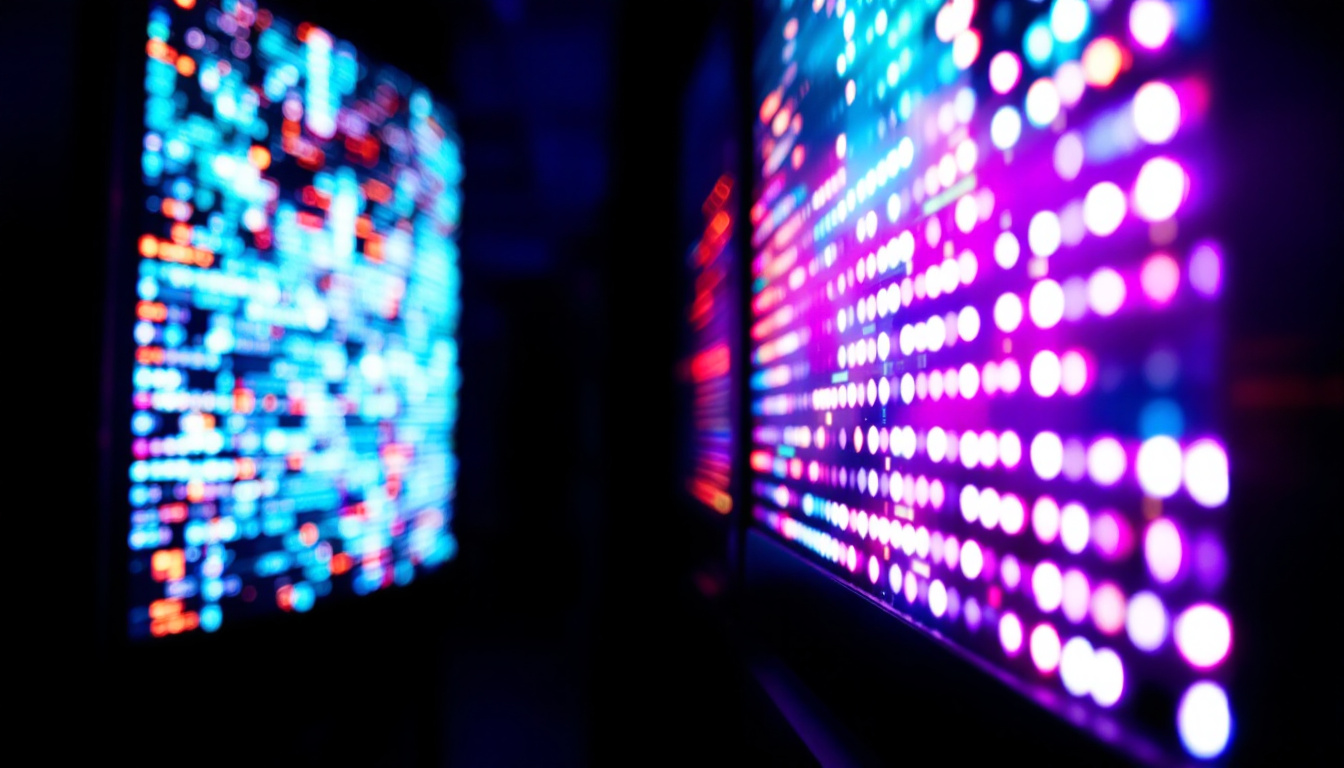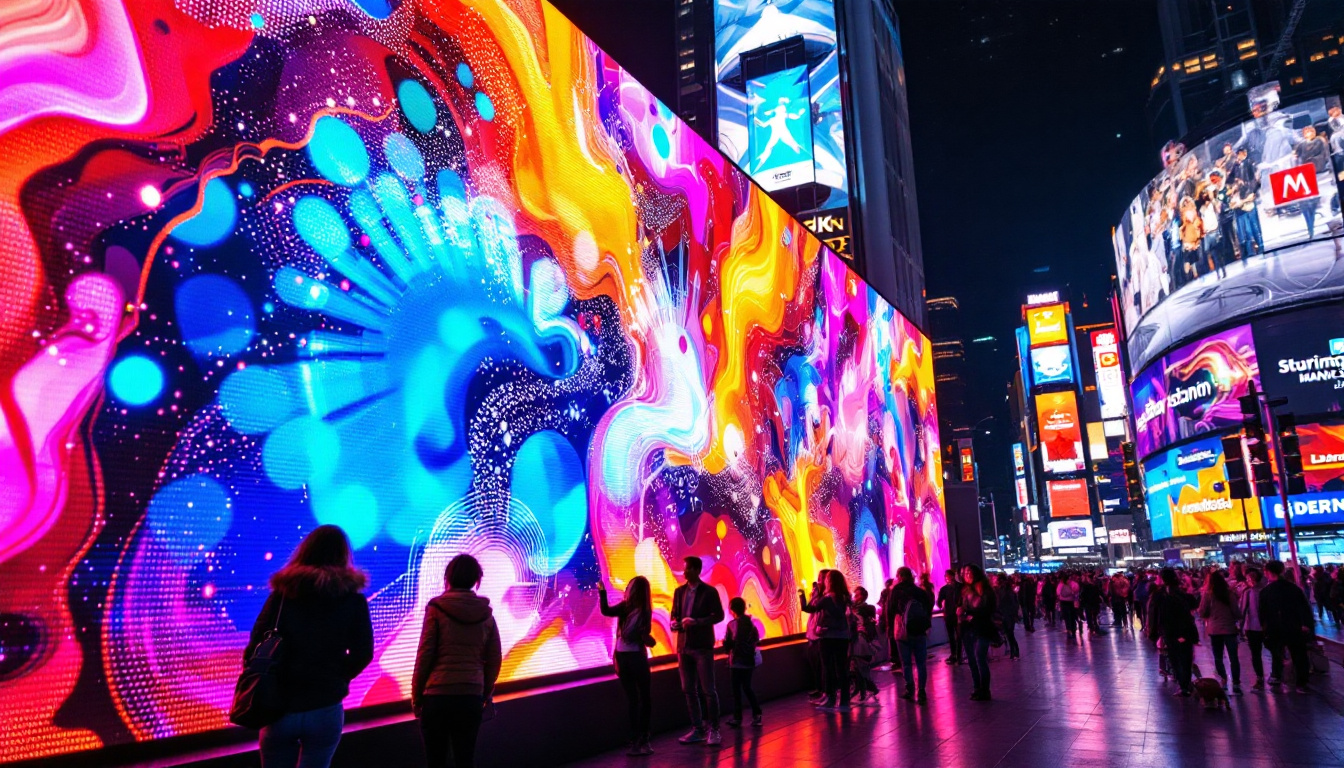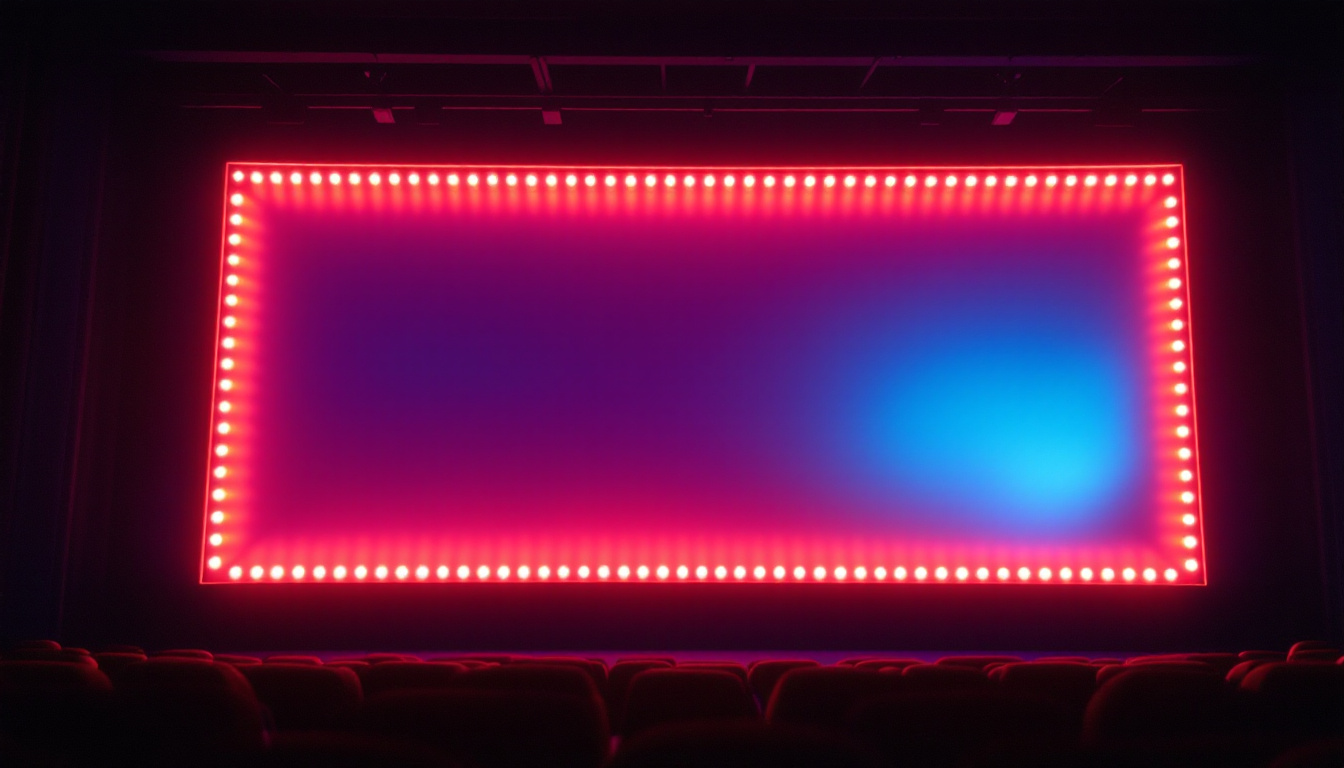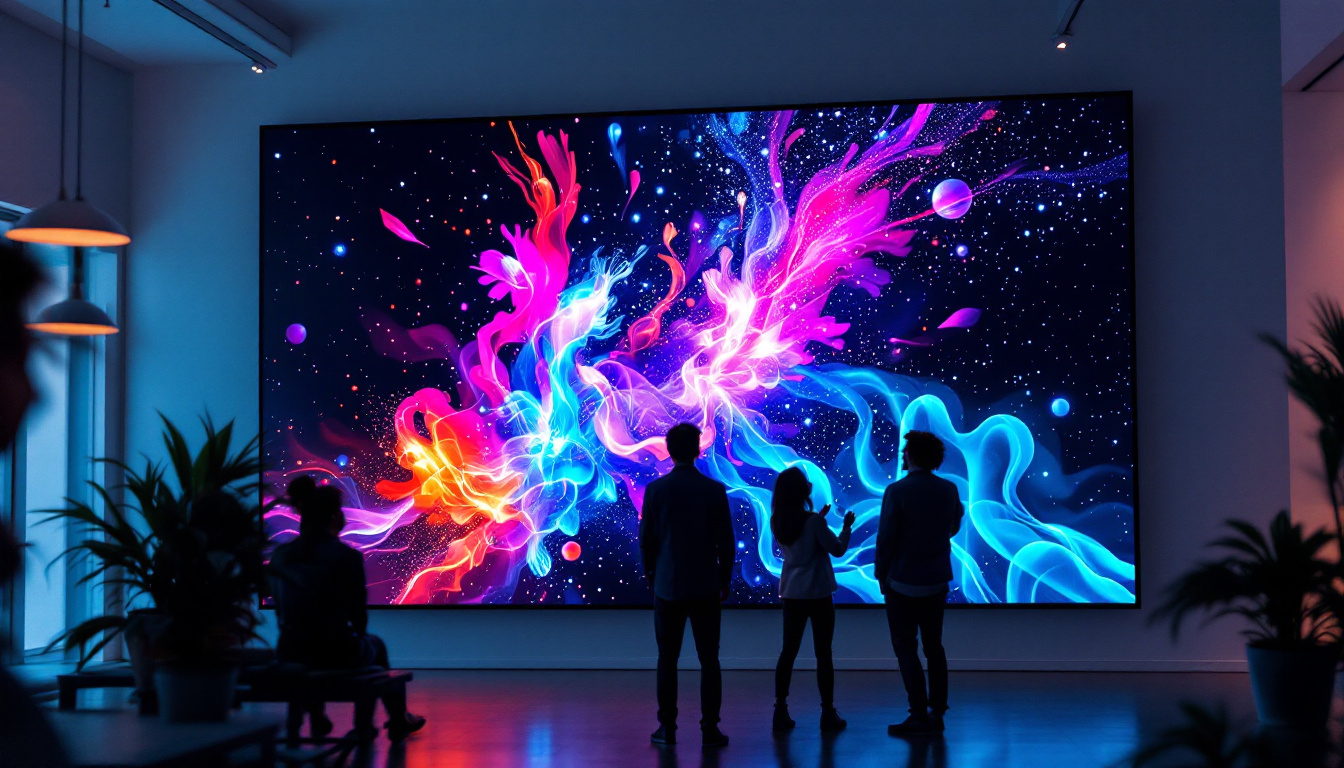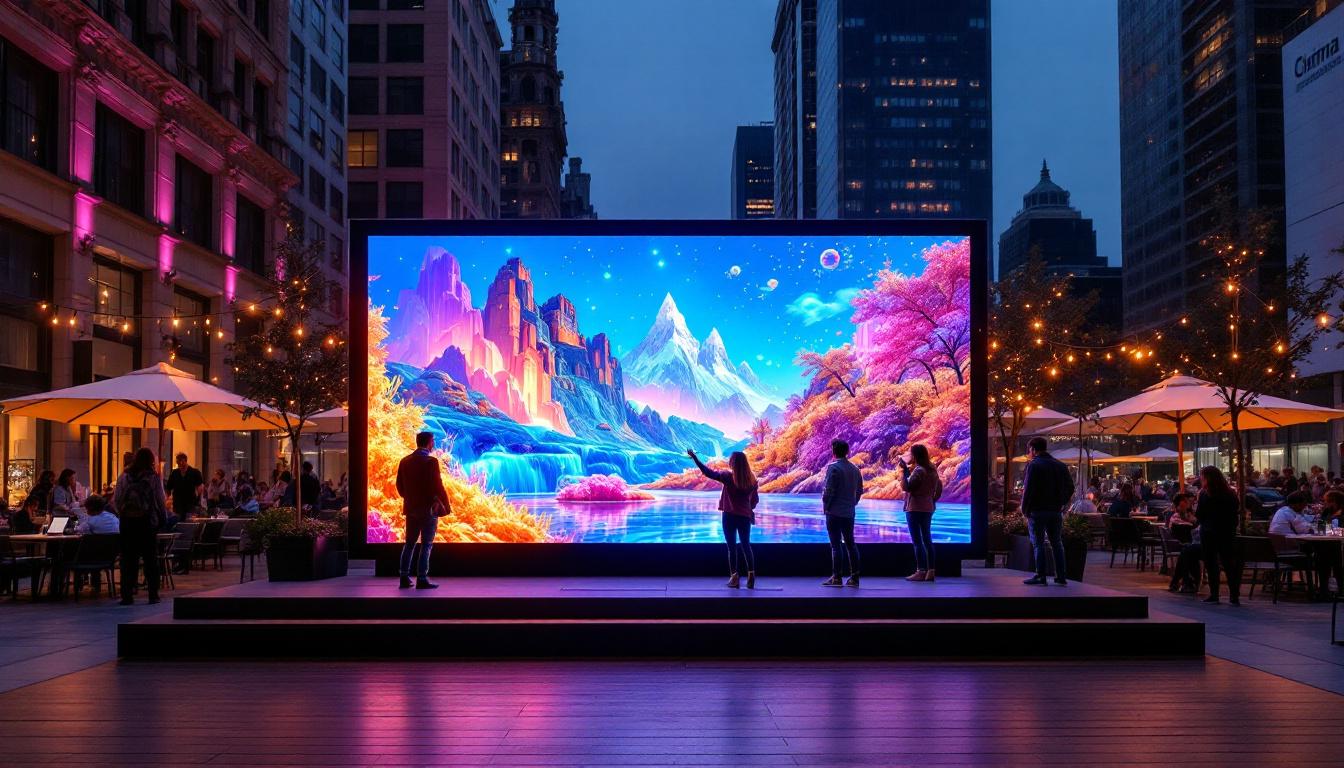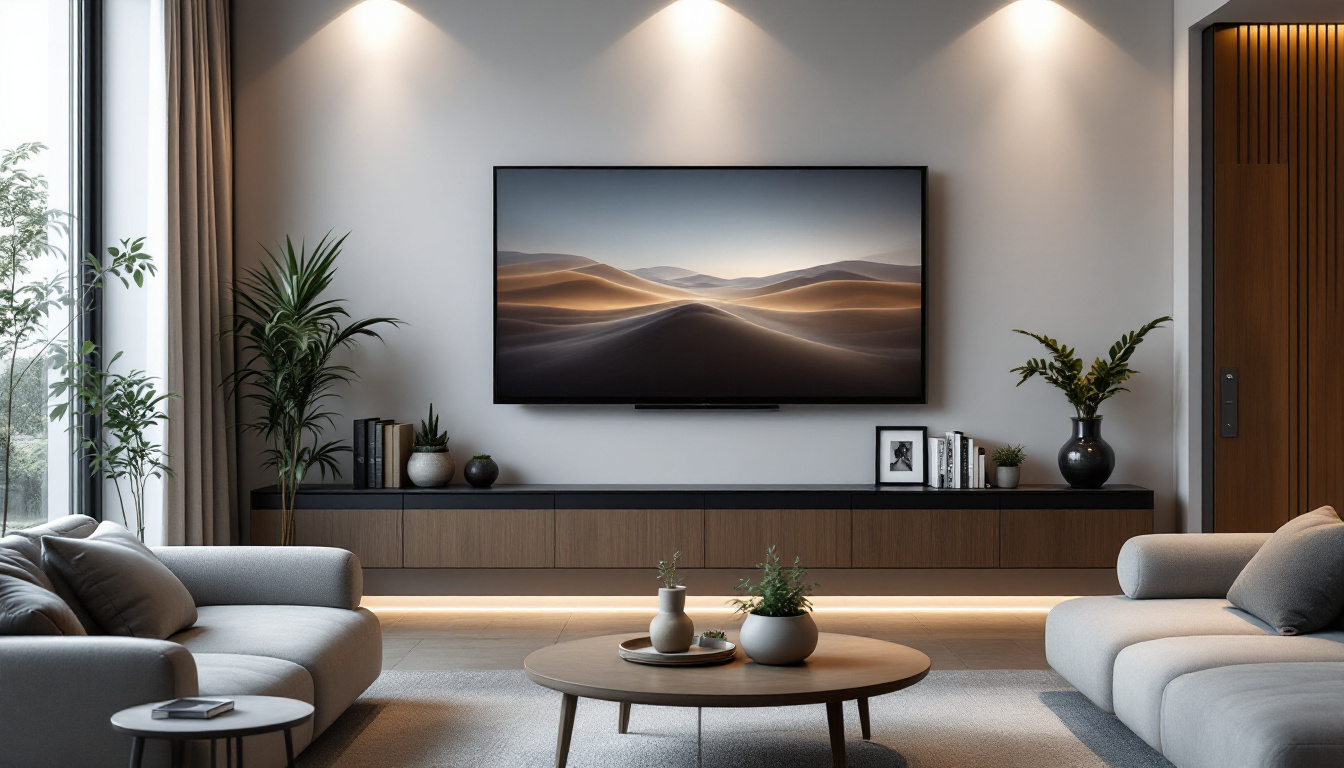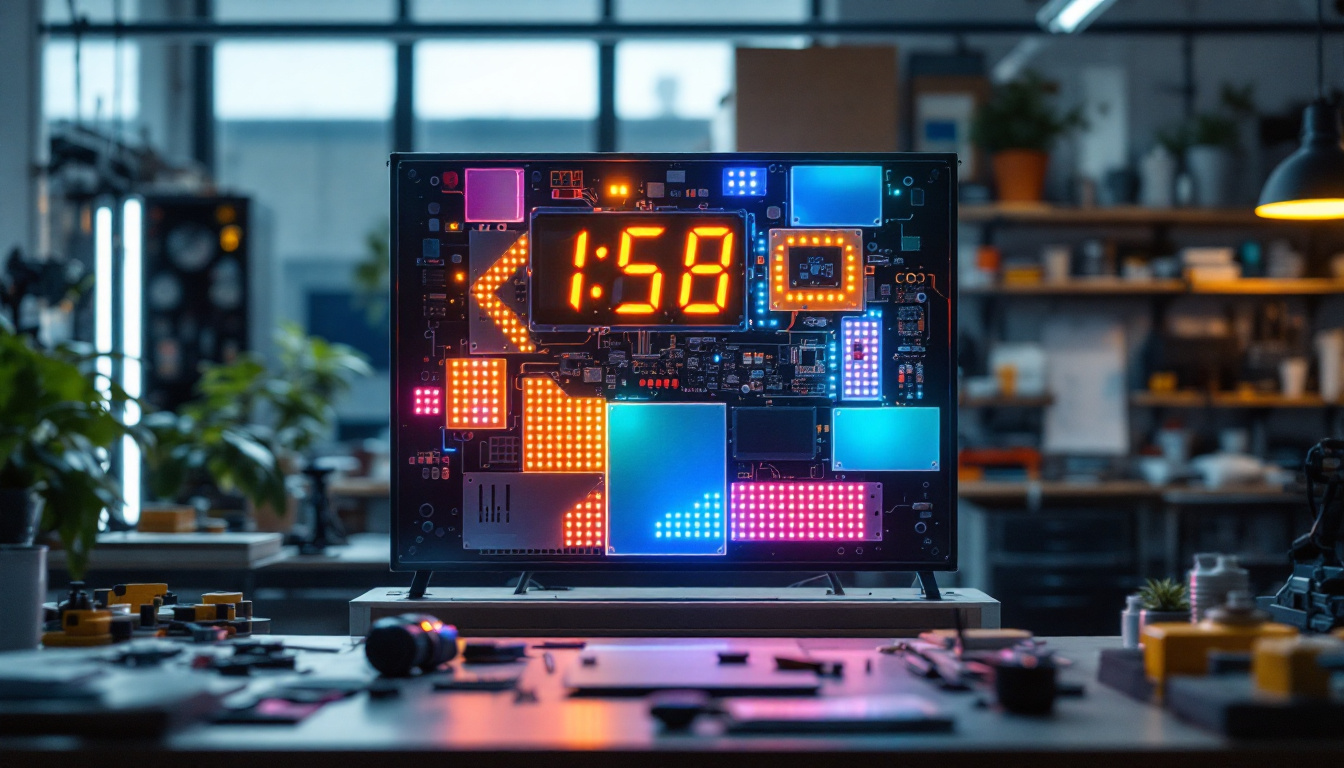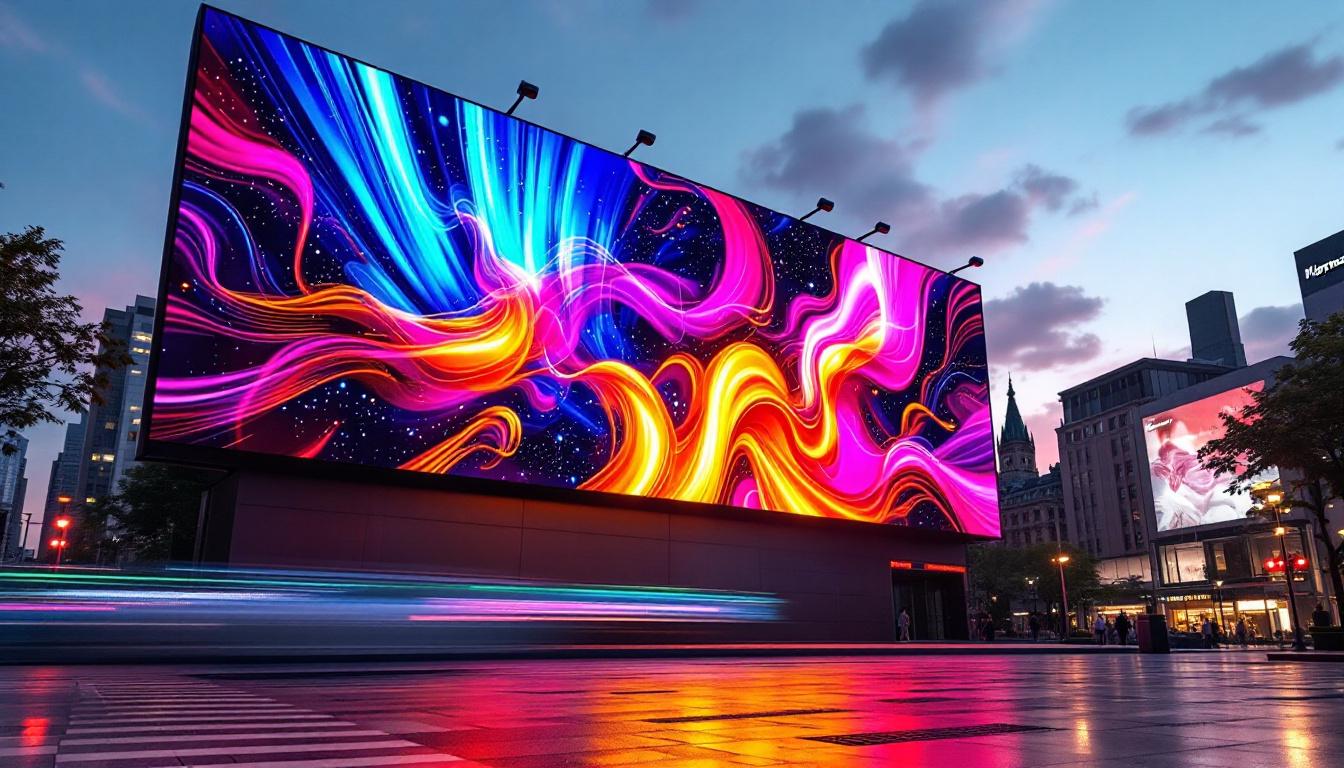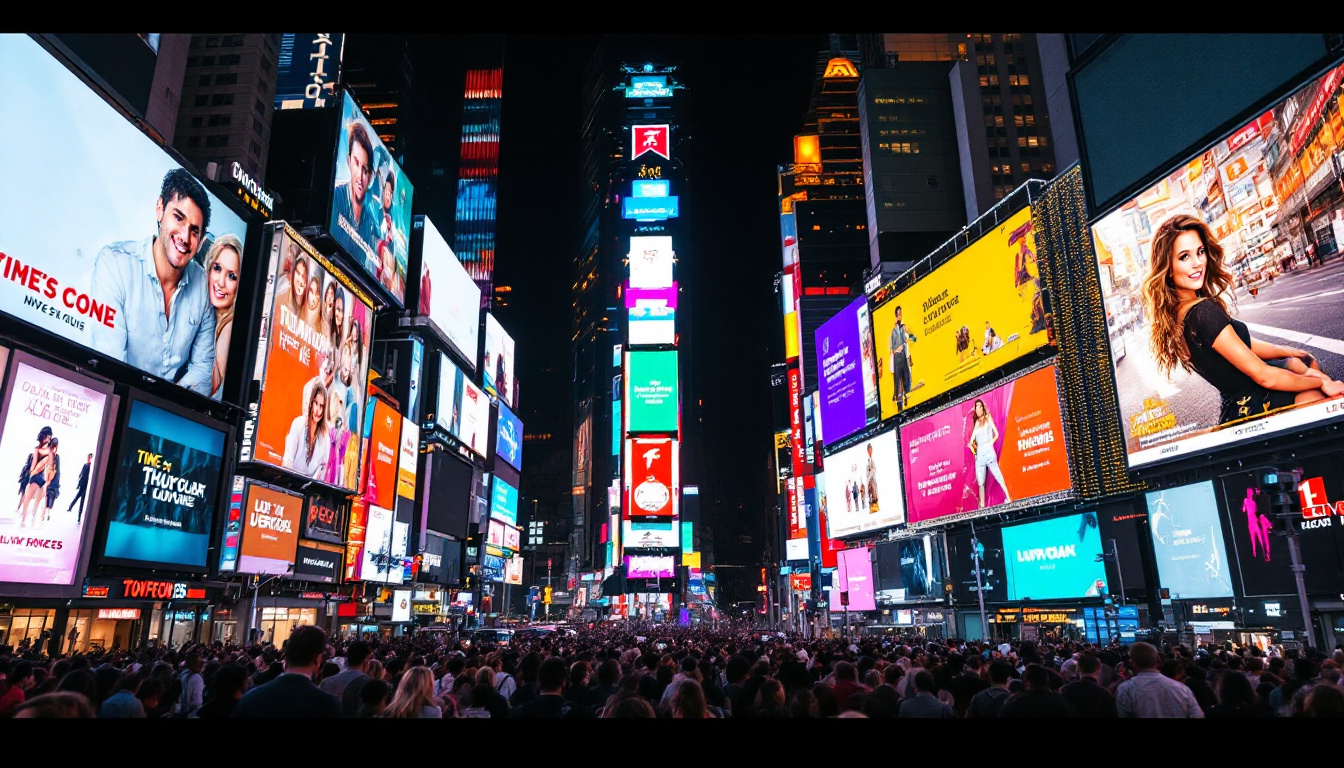Commercial LED Walls: LED Display Explained
In the realm of modern advertising and visual communication, commercial LED walls have emerged as a powerful tool. These large-scale displays are not just eye-catching; they are also versatile and effective in conveying messages to a wide audience. This article delves into the intricacies of LED walls, exploring their technology, applications, and benefits.
Understanding LED Technology
LED, or Light Emitting Diode, technology has revolutionized the way visuals are presented. Unlike traditional display technologies, LED walls utilize an array of small diodes to create vibrant images and videos. This section will explore the fundamentals of LED technology, its components, and how it differs from other display methods.
Components of LED Walls
At the core of an LED wall are the individual LED modules, which are composed of red, green, and blue (RGB) diodes. By adjusting the intensity of each color, these diodes can produce a wide spectrum of colors, allowing for high-definition visuals. The modules are then assembled into larger panels, which can be combined to create expansive displays.
Additionally, LED walls consist of several other components, including a controller, power supply, and cooling systems. The controller manages the content displayed on the wall, while the power supply ensures that each diode receives the necessary energy. Cooling systems are crucial for maintaining optimal performance, as excessive heat can lead to malfunctions. The integration of advanced thermal management technologies, such as heat sinks and fans, further enhances the longevity and reliability of LED displays, ensuring they can operate continuously in demanding environments.
Types of LED Displays
Commercial LED walls come in various types, each designed for specific applications. The most common types include:
- Indoor LED Displays: These are typically used in shopping malls, conference rooms, and theaters. They offer high resolution and brightness, making them ideal for close viewing.
- Outdoor LED Displays: Built to withstand weather conditions, outdoor displays are brighter and more durable. They are commonly found in stadiums, billboards, and public squares.
- Transparent LED Displays: These innovative displays allow light to pass through, making them suitable for retail environments where visibility is essential.
Moreover, there are also flexible LED displays that can bend and shape to fit various surfaces, making them ideal for creative installations and artistic displays. These flexible options open up new avenues for designers and advertisers, allowing for unique presentations that can capture the audience’s attention in ways traditional displays cannot. Furthermore, advancements in pixel pitch technology have led to even finer resolutions, enabling LED displays to be used in applications that require extreme detail, such as medical imaging and high-end broadcasting.
As the demand for high-quality visual experiences continues to grow, the evolution of LED technology is expected to accelerate. Innovations such as organic LED (OLED) and microLED are on the horizon, promising even more vibrant colors and improved energy efficiency. These emerging technologies could redefine the boundaries of visual displays, leading to more immersive experiences in entertainment, advertising, and beyond.
Applications of Commercial LED Walls
The versatility of commercial LED walls makes them suitable for a wide range of applications. From advertising to entertainment, these displays have transformed how businesses communicate with their audiences.
Advertising and Marketing
One of the primary uses of commercial LED walls is in advertising. Brands leverage these displays to showcase dynamic content that captures the attention of passersby. The ability to change messages quickly allows businesses to promote different products or services throughout the day, maximizing visibility and engagement.
Moreover, LED walls can be strategically placed in high-traffic areas, ensuring that advertisements reach a large audience. The combination of vibrant colors and motion graphics creates a compelling visual experience that traditional static billboards cannot match.
In addition to their eye-catching capabilities, LED walls can also be integrated with advanced analytics tools. This allows companies to track viewer engagement and optimize their advertising strategies based on real-time data. For example, businesses can analyze foot traffic patterns and adjust their content to target specific demographics at different times of the day, enhancing the effectiveness of their marketing campaigns.
Events and Entertainment
In the entertainment industry, LED walls play a crucial role in enhancing the audience experience. Concerts, festivals, and sporting events utilize large LED displays to broadcast live footage, provide information, and create immersive environments. The ability to display real-time content, such as scores or social media feeds, keeps the audience engaged and informed.
Additionally, LED walls are often used in theatrical productions and corporate events to create stunning backdrops and visual effects. The flexibility of LED technology allows for creativity and innovation in stage design.
Furthermore, the interactive capabilities of LED walls are revolutionizing how audiences participate in live events. Many venues now incorporate touch-sensitive screens or motion-sensor technology, allowing attendees to interact with the display. This not only enhances the entertainment value but also fosters a deeper connection between the audience and the performers or brands involved.
Information and Wayfinding
Beyond advertising and entertainment, commercial LED walls serve practical purposes in information dissemination. Airports, train stations, and shopping centers often employ these displays to provide real-time updates, such as flight information or directions. The clarity and visibility of LED walls ensure that essential information is easily accessible to the public.
These displays can also be customized to cater to specific audiences, providing multilingual support or tailored content based on location. For instance, a shopping mall might use LED walls to highlight special promotions or events happening within the center, guiding shoppers to their desired destinations. This not only enhances the customer experience but also drives foot traffic to various stores, ultimately benefiting the entire retail environment.
Benefits of Commercial LED Walls
The adoption of commercial LED walls offers numerous benefits that contribute to their growing popularity. Understanding these advantages can help businesses make informed decisions about their visual communication strategies.
High Visibility and Impact
One of the standout features of LED walls is their high visibility. The brightness of LED displays ensures that content remains clear and vibrant, even in direct sunlight. This quality is particularly advantageous for outdoor advertising, where competition for attention is fierce.
Moreover, the dynamic nature of LED content allows for creativity in messaging. Moving images, animations, and videos can convey complex ideas quickly and effectively, making a lasting impression on viewers.
Cost-Effectiveness
While the initial investment in LED technology may be significant, the long-term cost-effectiveness is undeniable. LED walls have a longer lifespan compared to traditional display technologies, reducing the need for frequent replacements. Additionally, the energy efficiency of LED diodes means lower electricity costs over time.
Businesses can also benefit from reduced maintenance costs, as LED walls are generally more durable and resistant to damage. This reliability translates to less downtime and more consistent messaging.
Environmentally Friendly
In an era where sustainability is paramount, LED walls present an environmentally friendly option for visual displays. LED technology consumes less energy than traditional lighting solutions, contributing to lower carbon emissions. Furthermore, many LED displays are made from recyclable materials, aligning with eco-conscious business practices.
Challenges and Considerations
Despite their numerous advantages, commercial LED walls are not without challenges. Businesses must consider various factors before investing in this technology.
Initial Costs and Investment
The upfront costs associated with purchasing and installing LED walls can be a barrier for some businesses. While the long-term savings are significant, the initial investment may require careful budgeting and planning. It is essential to weigh the potential return on investment against the costs involved.
Content Management
Another challenge lies in content management. Maintaining fresh and engaging content is crucial for maximizing the effectiveness of LED displays. Businesses must invest time and resources into creating and updating content regularly. This may involve hiring skilled personnel or outsourcing to specialized agencies.
Future Trends in LED Technology
The landscape of LED technology is continually evolving, with new advancements on the horizon. Staying informed about these trends can help businesses remain competitive and innovative in their visual communication strategies.
Advancements in Resolution and Brightness
As technology progresses, the resolution and brightness of LED displays are expected to improve further. Higher resolutions will allow for even more detailed visuals, making LED walls suitable for a broader range of applications. Enhanced brightness will ensure that content remains visible in various lighting conditions, expanding the potential for outdoor use.
Integration with Smart Technology
The integration of LED walls with smart technology is another exciting trend. As the Internet of Things (IoT) continues to grow, LED displays can be connected to various devices and platforms. This connectivity allows for real-time updates, personalized content delivery, and improved audience engagement.
Augmented and Virtual Reality
Finally, the incorporation of augmented and virtual reality (AR/VR) with LED technology is set to revolutionize the industry. By combining LED displays with AR/VR experiences, businesses can create immersive environments that captivate audiences and enhance storytelling.
Conclusion
Commercial LED walls represent a significant advancement in visual communication, offering businesses a dynamic and effective way to engage their audiences. With their high visibility, cost-effectiveness, and versatility, LED displays have become an essential tool in advertising, entertainment, and information dissemination.
As technology continues to evolve, the potential applications and benefits of LED walls will only expand. By understanding the intricacies of LED technology and staying informed about emerging trends, businesses can harness the power of commercial LED walls to enhance their brand presence and connect with customers in meaningful ways.
Explore Cutting-Edge LED Solutions with LumenMatrix
Ready to elevate your visual communication strategy with the latest in LED technology? Discover LumenMatrix’s innovative LED display modules, designed to captivate your audience and amplify your brand’s message. From Indoor and Outdoor LED Walls to Custom and Transparent Displays, our solutions are tailored to create impactful visual experiences. Embrace the future of advertising and entertainment with LumenMatrix. Check out LumenMatrix LED Display Solutions today and transform the way you connect with your customers.

